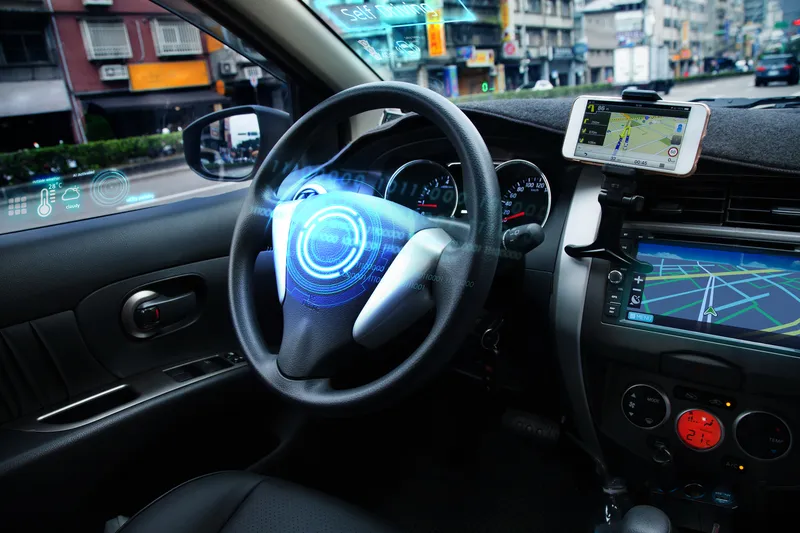
TomTom is to create a turnkey open-source interface to its AutoStream solution, enabling developers at Autoware Foundation to scale applications by accessing TomTom's global coverage of high-definitions maps.
AutoStream is a map delivery service that automatically streams the latest map to the car in real-time, ensuring autonomous vehicles (AV) drive with up-to-date map content.
TomTom says AutoStream powers lower and higher automation functions while also allowing users to customise the map data stream based on criteria such as sensor configuration and horizon length.
The move is part of TomTom’s new membership within Autoware, a non-profit organisation supporting open-source projects aimed at accelerating the developing of AV technology.
Willem Strijbosch, head of autonomous driving at TomTom, says: “Joining the Autoware Foundation will give TomTom access to a network of global leaders in automated driving and, most importantly, provide a platform to further test and promote AutoStream and other components of TomTom’s automated driving map service.”
As part of the deal, TomTom is to sit on Autoware's technical steering committee.
Last year, Toyota showed how lane markings necessary for AVs could be updated in near real-time on TomTom's HD map in Japan.










